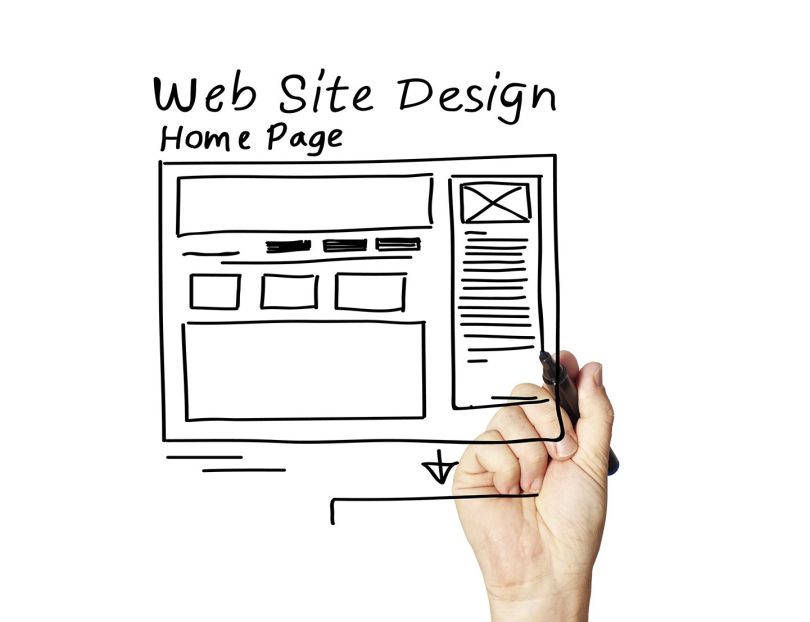
Regardless of the industry, every small business needs a well-designed website in order to make a great first impression and create lifelong customers. When it comes to small businesses, the deciding factor between consistently losing customers and gaining an edge over the competitors may be the website. Below explains why it's so crucial to invest the necessary time and the right resources in creating a user-friendly and visually pleasing website.
Why Website Design Matters
The criteria and time frame that online consumers use to judge a Web page is extremely limited. That is, it only takes a few seconds and a single snap judgment for people to form a hasty opinion of a website and associate it with the company. Consumers’ feelings about a company are often based on their experiences with the brand. An attractive logo and well-designed website establishes authority and inspires confidence.
Online consumers are naturally wary of poorly designed websites because they have legitimate concerns over security and quality. A clean appearance and functional design establish a professional tone that indicates the potential quality and value of the products. The company's website, which is the primary vehicle of brand expression, influences how consumers ultimately view the business. The most successful companies create distinct designs that are unforgettable and aesthetically pleasing. Less successful companies focus on their brand or product, so they fail to keep up with web design trends.
Carefully Manage Visual Elements
A small business may have an inspiring story to tell and great products to sell, but consumers will form their opinions based on the initial landing page’s visual elements. The modern world of technology has resulted in a culture of information overload that reduces patience and attention spans. So many websites make the mistake of bombarding first-time visitors with walls of texts and flashy videos that automatically play.
Professional images quickly communicate complex messages. They should be moderately used to guide and inform users of key information. All images on a website should not be stock photos, but be professionally taken for specific purposes. Professional photos of managers and executives will put faces to the brand, but pictures of employees will humanize and personalize the company. Eye-catching visuals will individualize the brand as long as they are relevant and engaging.
Design Tips for Small Businesses
Modern websites are transitioning away from traditional image sliders and background videos as the center of their landing pages. Instead, the focus is on intuitive and logical designs that allow tech savvy users to access the information that they need. Many companies that sell products online are imitating Pinterest‘s grid-like layouts because they result in better user experiences. Grid-like layouts allow users to easily view and switch between items in a very organized fashion.
Large fonts work great if they lead to target destinations. They also work when paired with a background images and videos. All websites must be connected with popular social media platforms, such as Twitter, LinkedIn and Facebook. Be sure to create customized content for each platform based on the expected use. This means that businesses that engage in B2B should focus on LinkedIn, but businesses that want to promote online engagement and build online communities should use Facebook more.
In the end, today’s markets and economies are becoming digital platforms where consumers are empowered by information and in control of their user experience. A solid website is essential to the success of every small business. In order to remain competitive, small business owners must continually review online consumer, market and competitor trends. To learn more about how to create an engaging website, visit Entrepreneur's website here.



